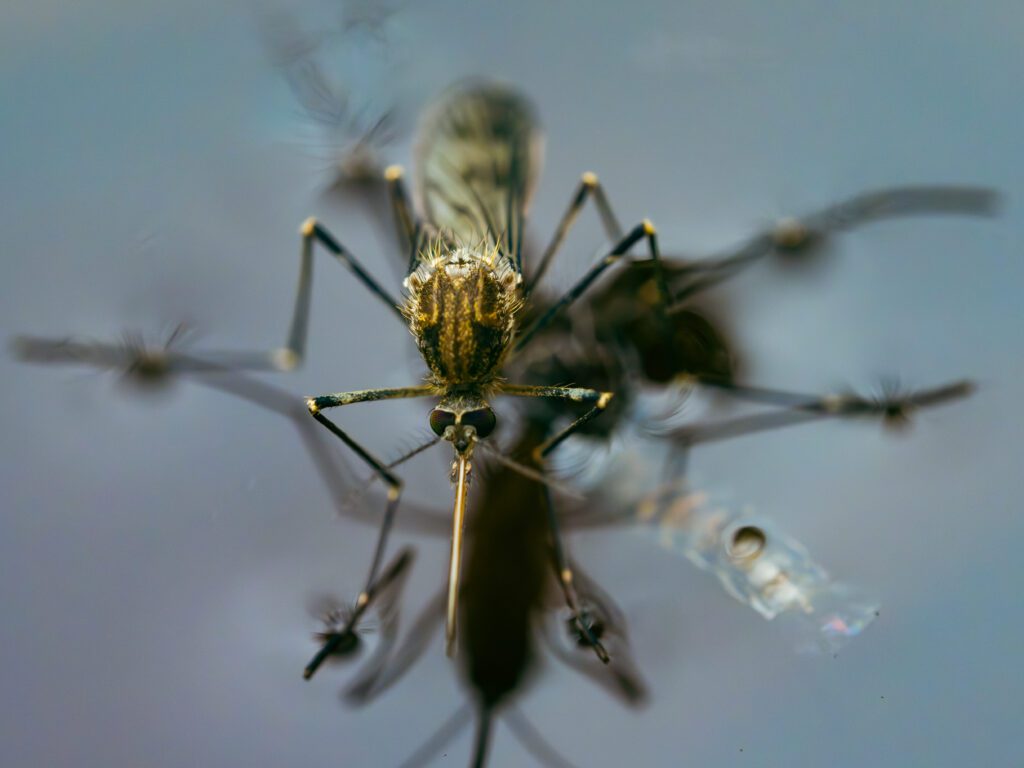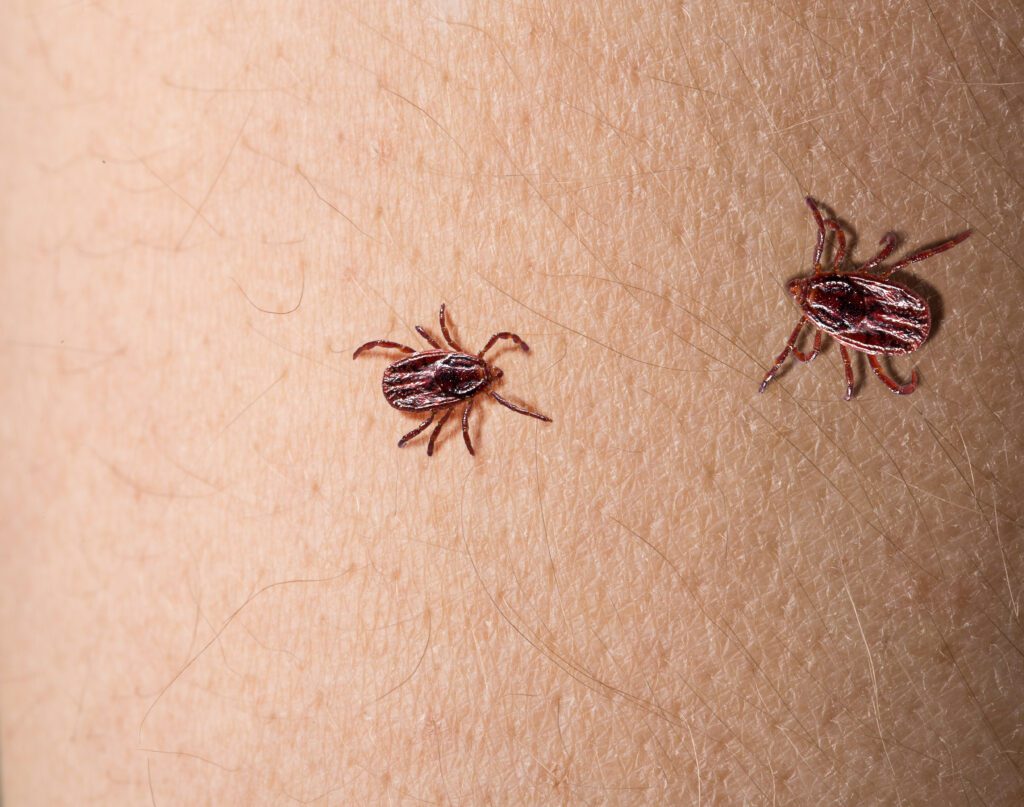In Miami, the warm climate and abundant food sources create a perfect environment for various pests. To effectively combat these unwanted visitors, it’s essential to understand their life cycles and behaviors. By knowing how pests like roaches, rodents, mosquitoes, ants, and fleas reproduce and thrive, homeowners can better implement prevention strategies and control measures. Here’s a detailed look into the life cycles of these common Miami pests and tips for keeping them at bay.
1. Roaches
Cockroaches are notorious for their resilience and ability to spread disease. Understanding their life cycle is crucial for effective management:
- Egg Stage: Roaches begin their life cycle as eggs encased in an egg case or ootheca. Each case contains 30 to 40 eggs, and a single female can produce several cases in her lifetime.
- Nymph Stage: After hatching, the eggs develop into nymphs, which resemble smaller versions of adult roaches. This stage lasts about 6 to 10 weeks, during which nymphs molt several times before reaching maturity.
- Adult Stage: Roaches reach adulthood in about 2 to 3 months. Adults continue to reproduce, and their presence often indicates a more significant infestation.
Prevention Tips:
- Eliminate Food Sources: Keep your kitchen clean and free of crumbs or spills.
- Seal Entry Points: Block gaps and cracks where roaches can enter.
- Regular Cleaning: Maintain cleanliness in your home to minimize hiding spots.
2. Rodents
Rodents like rats and mice can cause substantial damage and spread diseases. Understanding their life cycle helps in preventing infestations:
- Breeding Cycle: Rodents have a high reproductive rate. A single female mouse can produce up to 10 litters per year, with each litter containing 6 to 12 pups. Rats can breed even more frequently.
- Growth Stages: Baby rodents, or pups, are born blind and hairless. They mature quickly, becoming sexually active in 5 to 6 weeks.
- Longevity: Mice live for about 1 to 2 years, while rats can live up to 3 years. Their short lifespan and high reproductive rate contribute to rapid population growth.
Prevention Tips:
- Seal Entrances: Close off gaps and holes in walls, floors, and around pipes.
- Proper Storage: Store food in sealed containers and avoid leaving pet food out.
- Regular Inspection: Check for signs of rodent activity and take action immediately.
3. Mosquitoes
Mosquitoes are not only a nuisance but also carry diseases like dengue fever and Zika virus. Their lifecycle includes:
- Egg Stage: Female mosquitoes lay eggs in standing water. The eggs hatch into larvae within 24 to 48 hours.
- Larva Stage: Mosquito larvae, also known as wrigglers, live in water and feed on organic matter. This stage lasts about 4 to 14 days, depending on temperature and water conditions.
- Pupa Stage: The larvae then transform into pupae, or tumblers, which do not feed but develop into adults. This stage lasts about 2 to 4 days.
- Adult Stage: Adult mosquitoes emerge from the pupal stage, ready to reproduce. They live for about 2 to 4 weeks.
Prevention Tips:
- Eliminate Standing Water: Remove or treat standing water sources like bird baths, gutters, and planters.
- Use Mosquito Repellents: Apply insect repellents and use mosquito nets, especially during peak activity times.

4. Ants
Ants are social insects with complex colonies and a lifecycle that includes:
- Egg Stage: Queen ants lay eggs, which develop into larvae within a few days.
- Larva Stage: Larvae are fed and cared for by worker ants. This stage lasts for several weeks.
- Pupa Stage: Larvae pupate and develop into adult ants. This stage takes about 1 to 3 weeks.
- Adult Stage: Adult ants are categorized as workers, soldiers, or reproductive ants. Workers gather food, soldiers defend the colony, and reproductive ants (queens and males) are responsible for mating.
Prevention Tips:
- Keep Food Sealed: Store food in airtight containers and clean up spills immediately.
- Identify Trails: Locate and disrupt ant trails to prevent them from reaching your home.
- Professional Treatment: For persistent problems, consider professional treatment to target the colony.
5. Fleas
Fleas are pesky parasites that affect both pets and humans. Their lifecycle consists of:
- Egg Stage: Fleas lay eggs on their hosts or in the environment. Flea eggs are tiny and can be found in carpets and bedding.
- Larva Stage: Flea larvae emerge from eggs and feed on organic matter, including adult flea feces. This stage lasts about 5 to 14 days.
- Pupa Stage: Larvae develop into pupae, which can remain dormant for weeks or months before emerging as adults.
- Adult Stage: Adult fleas jump onto hosts to feed and reproduce. They live for several weeks on their hosts.
Prevention Tips:
- Regular Pet Treatments: Use vet-approved flea treatments and keep pets groomed.
- Clean Bedding: Wash pet bedding and vacuum regularly to remove flea eggs and larvae.
- Professional Help: For severe infestations, seek professional pest control to treat both pets and home environments.
6. Ticks
Ticks are parasitic arachnids that can transmit diseases such as Lyme disease and Rocky Mountain spotted fever. Understanding their lifecycle is essential for effective prevention and control:
- Egg Stage: Female ticks lay eggs in the environment, often in leaf litter or grassy areas. A single female can lay thousands of eggs, which hatch in a few weeks.
- Larva Stage: Tick larvae, also known as seed ticks, emerge from the eggs. These larvae are very small and must find a host to feed on. After feeding, they molt into nymphs. This stage typically lasts a few weeks.
- Nymph Stage: Nymphs are more active and can be found in grassy or wooded areas. They seek out a host to feed on and grow into adult ticks. The nymph stage can last several weeks to months, depending on environmental conditions and availability of hosts.
- Adult Stage: Adult ticks are larger and continue to seek out hosts for feeding and reproduction. After mating, female ticks require a blood meal to produce eggs. Adults can live for several months to a year, depending on the species and environmental conditions.
Prevention Tips:
- Yard Maintenance: Keep your yard well-maintained by mowing the lawn regularly and trimming shrubs. This reduces tick habitats and minimizes contact with ticks.
- Protective Clothing: When spending time outdoors, especially in wooded or grassy areas, wear long sleeves, long pants, and tuck your pants into your socks to reduce tick exposure.
- Tick Treatments: Use tick repellents on skin and clothing. Apply products containing DEET, permethrin, or other effective repellents.
- Regular Checks: After outdoor activities, thoroughly check yourself, your children, and your pets for ticks. Remove ticks promptly and correctly using fine-tipped tweezers.

Conclusion
Understanding the life cycles of common Miami pests helps in developing effective prevention and control strategies. By addressing the issues at different stages of their lifecycle, homeowners can better manage and mitigate pest problems. Regular maintenance, cleanliness, and timely intervention are key to keeping your home safe and pest-free. If you encounter persistent or severe infestations, don’t hesitate to seek professional help to ensure a thorough and effective resolution.
